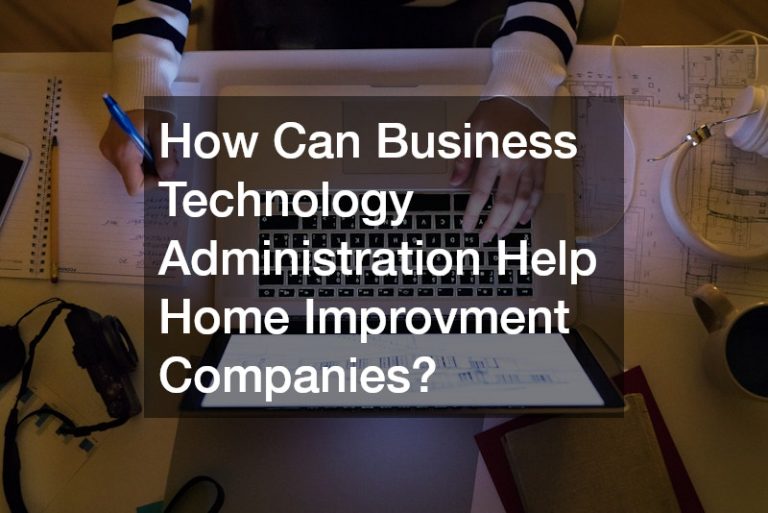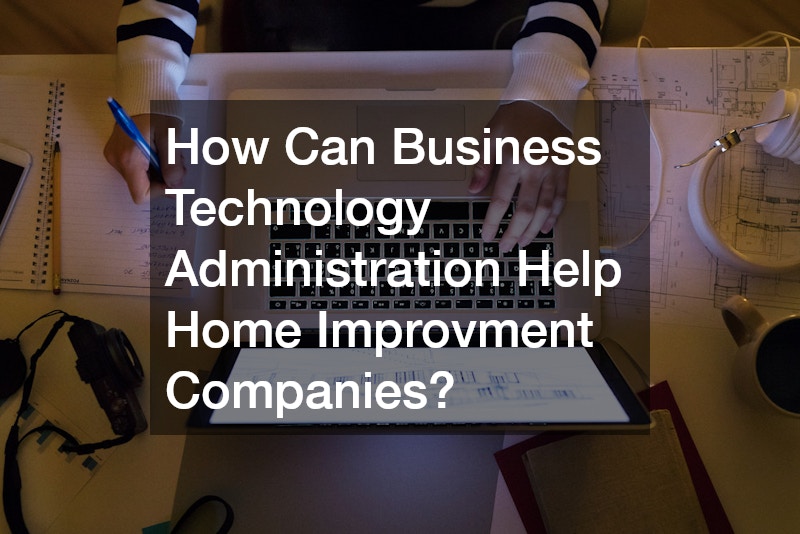2020 was such a tumultuous year for various industries around the world. The global pandemic brought about by the COVID-19 crisis was the main culprit. Due to lockdowns and restricted movements, several businesses were forced to shut down temporarily, while others had to close for good.
But as the pandemic has been more than a year, it appears that some industries have managed to survive. Surprisingly, the manufacturing industry is one of them. In fact, a 2020 Manufacturing and Distribution survey shows a significant or modest business profit among companies despite the pandemic. Along with this is the fact that new and emerging trends have become apparent during the global crisis.
That said, here’s how the manufacturing industry is evolving in the midst of the pandemic:
1. Localized Production
This year, expect the manufacturing industry to have a shift to localized production. This trend has long been true for the agricultural sector. However, this shift is seen happening in the manufacturing industry due to the pandemic restrictions. Companies try to avoid the threats of the global supply chain and lean towards getting supplies in the locality instead.
If your business deals with manufacturing supplies such as lumber, metals, rubber, stones, clay, and textiles, it’s best to construct a local plant. While you’re at it, obtain local supplies and invest in tools and equipment such as an industrial air compressor, pneumatic system, CIP system, and pumps.
2. Digital Transformation and Advanced Technology
The global pandemic has forced businesses to have digital transformation. Due to the restrictions, companies have to rely on digital resources. This is particularly true for the manufacturing industry as well.
Manufacturers have to use the internet for their sales and marketing. They also take advantage of automation and cloud computing for their inventory. Even the utilization of sensors and robotics drives manufacturing companies to have more efficient production and quality products.
If you manufacture and supply materials or products, it’s about time to consider a digital transformation for your business. Take advantage of digitalization and modern technology to augment your bottom line.

3. Resilient Supply Chain
A supply chain is vital in most businesses, especially in the manufacturing industry. Unfortunately, the year 2020 was quite challenging for the manufacturers. They had a hard time procuring the materials they needed for their business operations.
But as these manufacturing companies have surpassed the year, they have found ways to ensure a resilient supply chain. These strategic ways include utilizing local suppliers, multi-sourcing, monitoring supply chains using AI, and 3D printing for manufacturing supplies.
If you’re running a manufacturing business, consider one or some of these strategic ways to have a robust supply chain.
4. Workforce Investment
It appears that the use of advanced technologies such as automation is replacing humans. However, a recent report shows that automation isn’t replacing humans. It is actually creating new work opportunities for them.
As you grow and expand your manufacturing business, you have to invest in your workforce. This means getting people to work in your factory or warehouse to run your pieces of machinery and using advanced technologies for your business.
Sure, the need for more workforce might have halted for now due to the pandemic. But expect this workforce trend to boom in the coming years. During the post-pandemic period, you might need more people for your manufacturing business than ever before.
5. Sustainability
Sustainability has been all the rage in the world of business in recent years. This is the practice of running a business without negatively affecting the environment. In fact, going ‘green’ has been in the vocabulary of several companies in various industries.
Sustainability applies to the manufacturing industry all the more. Why? The industry accounts for 54 percent of the global energy consumption and 20 percent of global emissions. As such, you have the responsibility to take care of the environment while manufacturing products and supplies.
If you’re running a manufacturing business, find practical means to preserve the environment without compromising your bottom line. Some strategic ways include recycling materials, reusing and repurposing items, switching to renewable energy sources, and reducing waste.
There’s no sign of stopping and slowing down for the manufacturing industry. With localized production to resilient supply chain down to sustainability, expect the industry to survive and thrive. If you run a business in the manufacturing industry, consider these new and emerging trends and incorporate some of them into your business. Ultimately, you’ll be amazed at how these will help your business grow and flourish in the long run!








